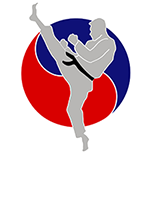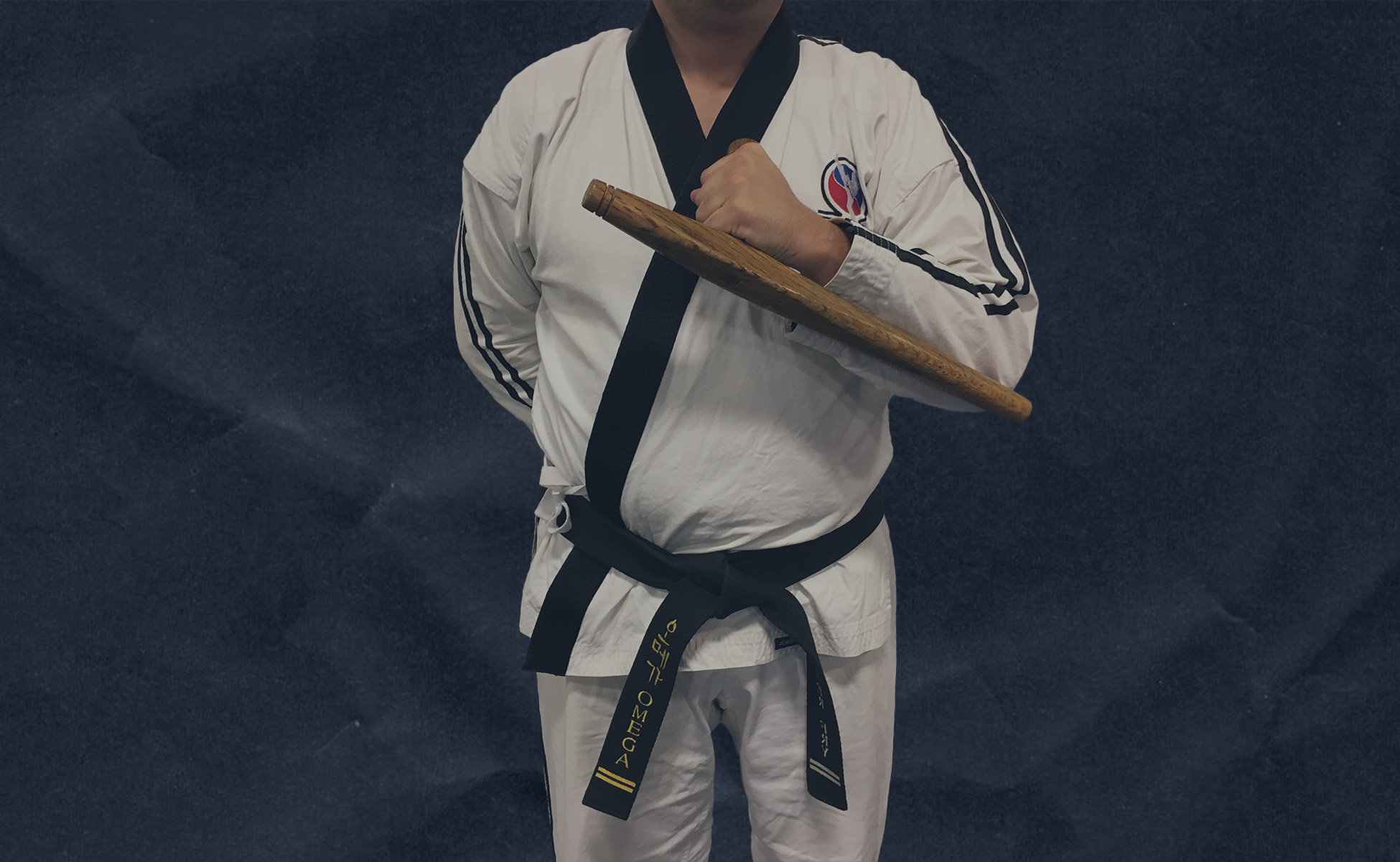TONFA – History
The Tonfa is a weapon normally made of wood, usually either red or white oak, that has a perpendicular handle that is located a little less than a third of the way down the shaft, and is usually wielded in pairs. The tonfa is usually around 15 to 20 inches in length, but can be adjusted to fit the user. As the rule of thumb, when held by the handle, the tonfa should extend about an inch past the elbow.
The origin of the tonfa is, like most martial arts weapons, heavily debated, however, the most common theories credit China, the Chinese word for tonfa meaning “crutch”, which may suggest the weapon originating from a similar device. In addition to the theory that the weap- ons origin comes from outside Okinawa, there is the idea that the tonfa came from the handle of a millstone that would have been used by peasants in Okinawa once weapons had been banned by the Japanese government in the 14th century. The reality is that the use and practice of these weapons would have been primarily utilized by the Okinawan upper classes, who imported many martial arts from places like China. Today many law enforcement agencies around the world utilize the side-handle baton, derived from the tonfa, as the ideal non-lethal defensive weapon.


